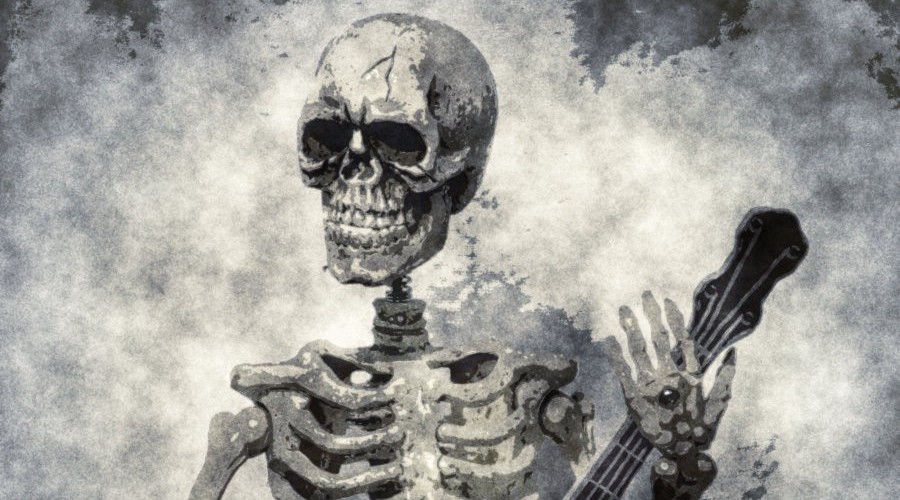Before we start exploring the vicinities of Halloween music, let us form an overview of the circumstances that led to the origination of this festival and its elements so that our readers know how and what influenced this genre of music. The inception of Halloween can be traced back to the days of the ancient Celtic festival of Samhain. According to the Celts, the night before the new year of harvest, the worlds of the dead and the alive were no more separately defined; these two components intermingled and on the night of the 31st, the dead souls were believed to have returned to earth. Apart from damaging the freshly sown crops and troubling the living, the Celtic assumed that in the presence of the dead, the priests can predict the future, especially for the long, cold winter.
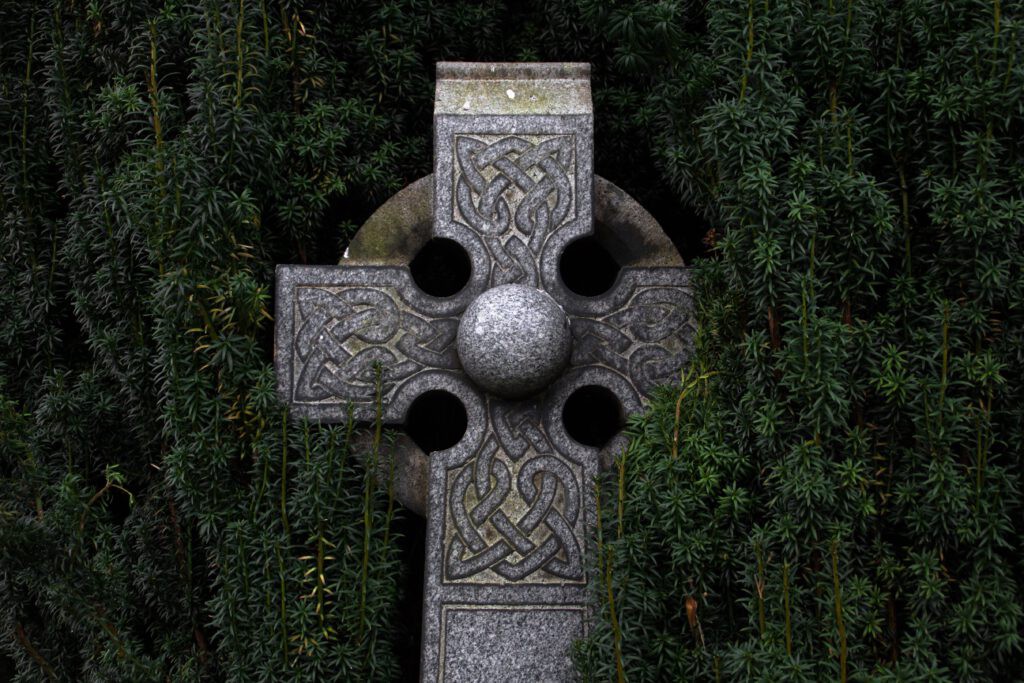
To commemorate these events, the clan dressed up as ghosts and set bonfires around which they gathered to burn crops and sacrifice their animals to the deities. After completing the celebration, the Celtics re-lit the bonfire to send prayers asking the Almighty to protect them for the oncoming winter. Therefore, taking into consideration the purpose and history of Halloween, the music is meant to uphold the true spirit of celebration and propagate the age-old characteristics of the same. Nevertheless, the Christian Church had imposed several prohibitions on Halloween and its music alike; even though these strict rules were delineated centuries back, the Western countries abide by them even today.
Where it all started
Under the prescriptions of the Church, the composers of Halloween music could either use “holy” or “pure” intervals in the music, similar to perfect fifths and octave. The tunes had to be in harmony with each other, and anything that sounded out-of-the-box or disturbing was eliminated from the list altogether. Amongst the entire lot, there was one tune, specifically, whose distressing elements faced the wrath of the church and eventually banned was the tritone. The triton essentially producing a jarring noise and was unpleasant to the ears; this way it later came to be known as “the devil’s interval”.
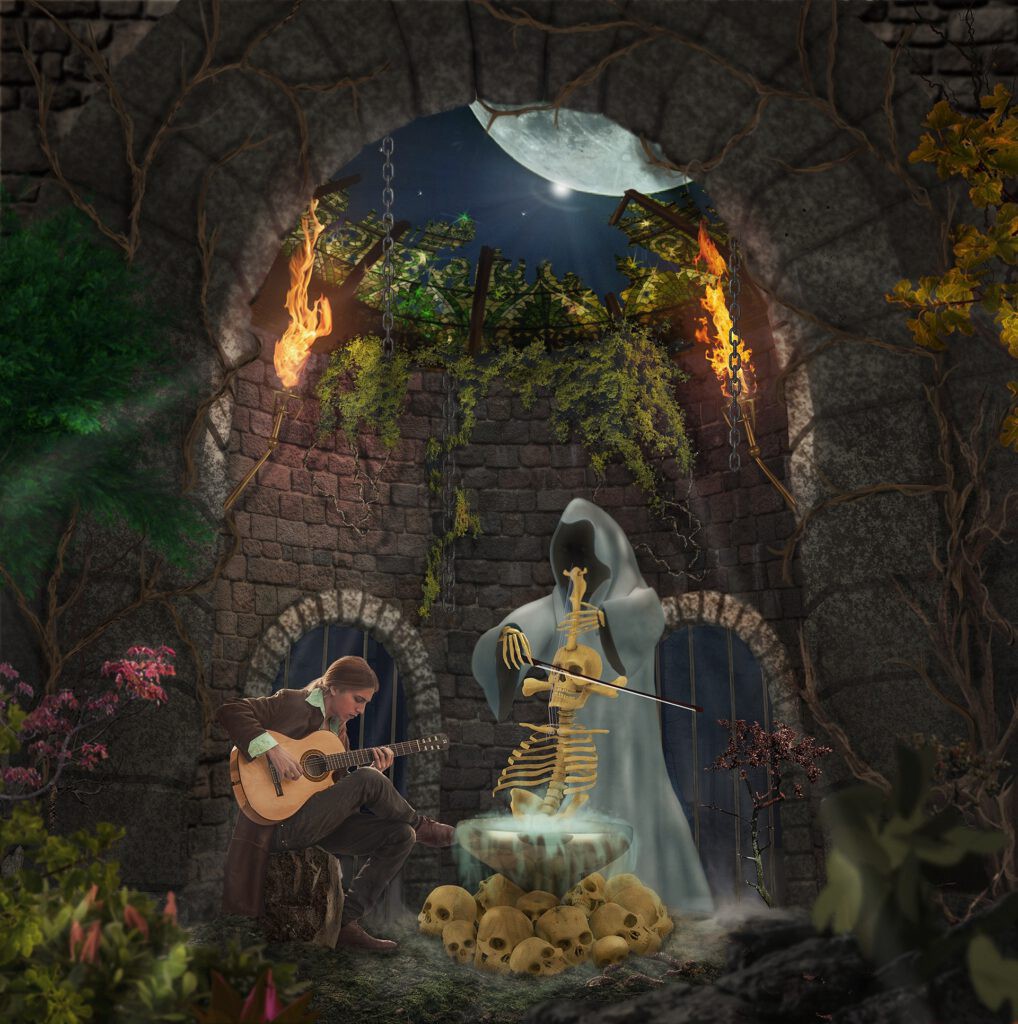
These laws of the Church, as mentioned above were fiercely prevalent for a long time; but the specifications of this traditional form started altering in about the 20th century. A genre that was often associated with the evil spirits of Halloween and was held under the limelight of generating connotations that resembled the purpose of the festival was the blues. Innumerable components of the blues made it popular amongst the crowd; some of them include its inculcation of sexual and secular lyrics, a depiction of the devil’s true picture, themes of melancholy that were based upon the predicaments which the victims of racial discrimination and oppression went through. Famous songs that generated the loudest buzz included “Me and the Devil Blues” and “Cross Road Blues” and created a strong foundation for the music from this genre to thrive upon for the future generation. The fundamental reason that has led to the blues gaining this swelling popularity over time is their conceptualization upon the figures of true Halloween music. It consists of all the “unholy” themes and thereby with their cult-favorite “I Put a Spell on You” was hailed as “the devil’s music”.
Halloween music in the mid-90s
Furthermore, circa the 1950s and 1960 were the hub of spooky Halloween music in the USA; every band that ever performed before the crowd or had a few tracks labeled with their name had composed a Halloween song that formed a generous portion in the entire collection. The most famous Halloween songs from the preceding century are namely, “Frankenstein’s Den”, “Mummy’s Ball” and “Monster Mash”. The authenticity of these songs lies in the fact that they have been injected with the musical ingredients in such a way that it seems almost impossible to set apart the group of Halloween facets from their counterparts.
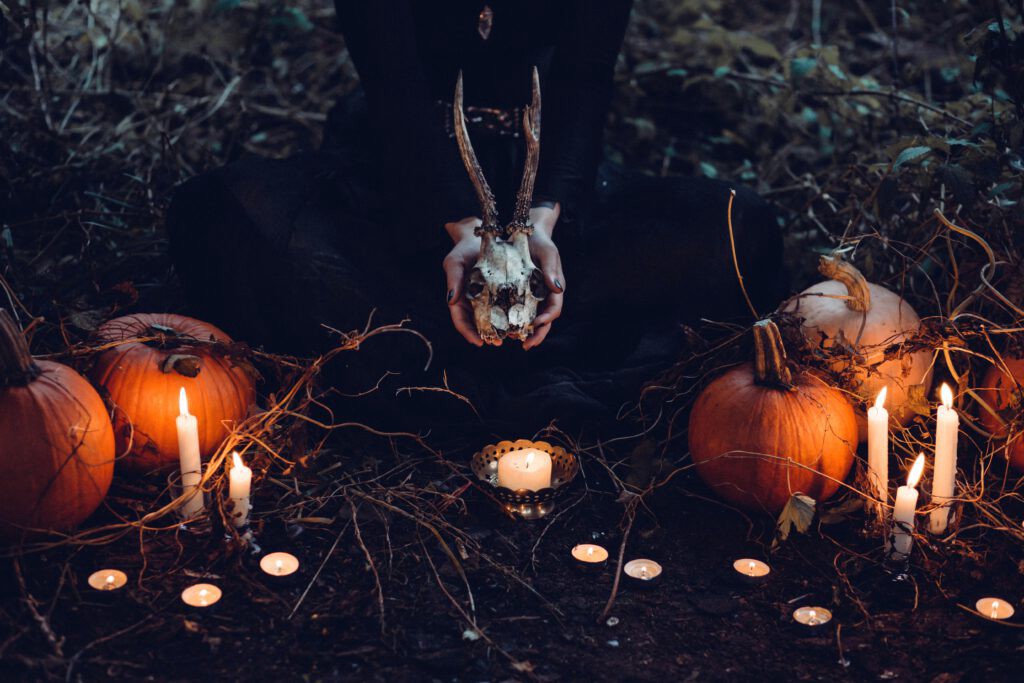
All these bands took initiative to release these Halloween songs to comply with the common demand of the public and in the hope that these pieces will fetch them a show or two on the radio or stage. The doo-wop sounds were aimed at the pleasure of the audience from an objective point of view, while the lyrics were meant to be heard in intrinsic details through the radio programs.
A few decades later…
Coming to the era of the 70s, 80s, and 90s, the Halloween music was further detailed and broken into sub-genres that united to communicate a single theme but sounded and felt distinct to the ears. The phase that we are dealing with here was hands down the light-bearer of pop and hard-rock music and Halloween music was meant to be at par with them; this is why the dark and sinister themes were seamlessly fabricated to these trends that gave birth to some of the all-time favorites. From stalwarts like Rolling Stones and AC/DC, every band and label ensured that they have manufactured some Halloween hits. Starting with “Sympathy for the Devil” to “Highway to Hell”, all were directed to fulfill one common purpose; that is, to invoke the principles of Halloween and cheer up the audience at the same time. These songs had also incorporated several elements of the blues and matched on multiple levels apart from the notes and chord progressions.
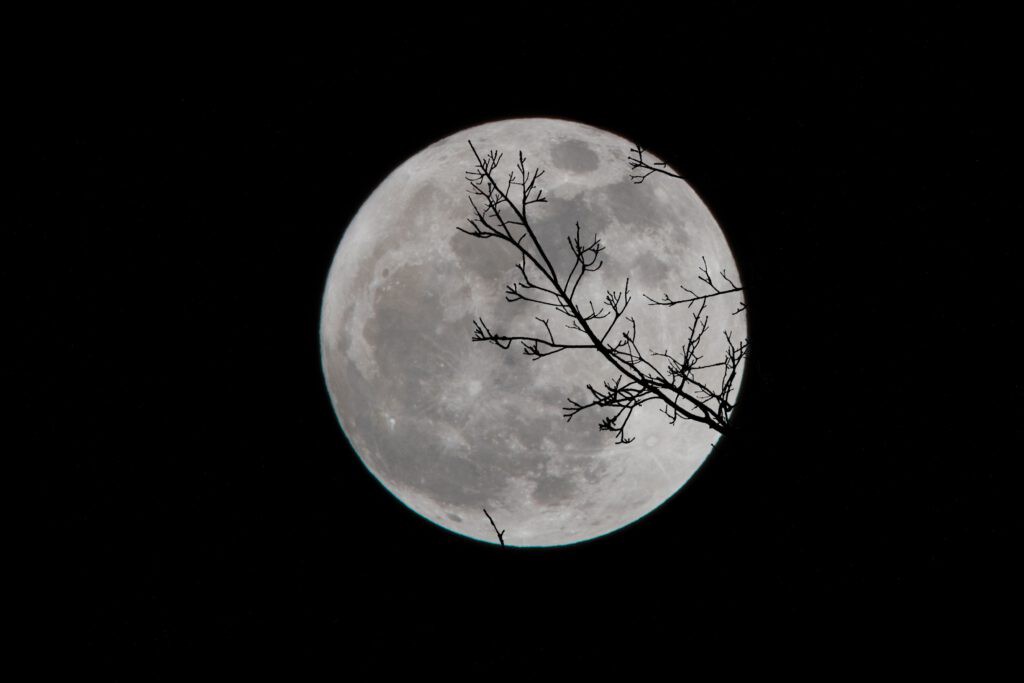
The latest movement
Interestingly, the responsibility of producing Halloween music was not solely endowed upon the bands; movies that went on floors during the 1970s and 80s too, had their fair shares in the contribution. Horror films like ‘The Exorcist’, ‘Halloween’ and ‘The Shining’ imprinted their mark upon the Halloween music industry with their eccentric pattern of music formulated on the synthesizer. The horror and sci-fi movies, in particular, employed two unique and never-seen-before instruments known by the name theremin and ondes martenot. This two musical equipment played a major role in revolutionizing Halloween music and furnishing it with its long-deserved complexities and unusual tones. This is primarily how the modern Halloween music was discovered and people’s common tendency to associate it with analog synth emerged from this mechanism.
